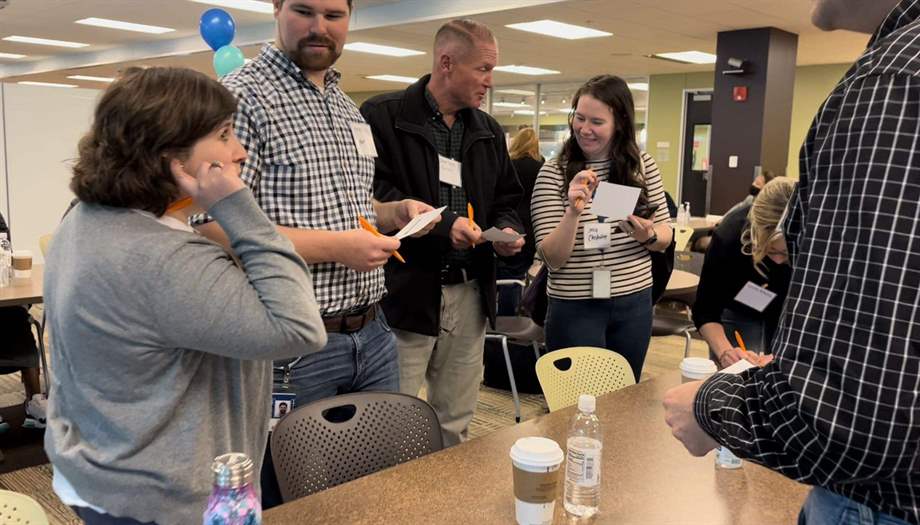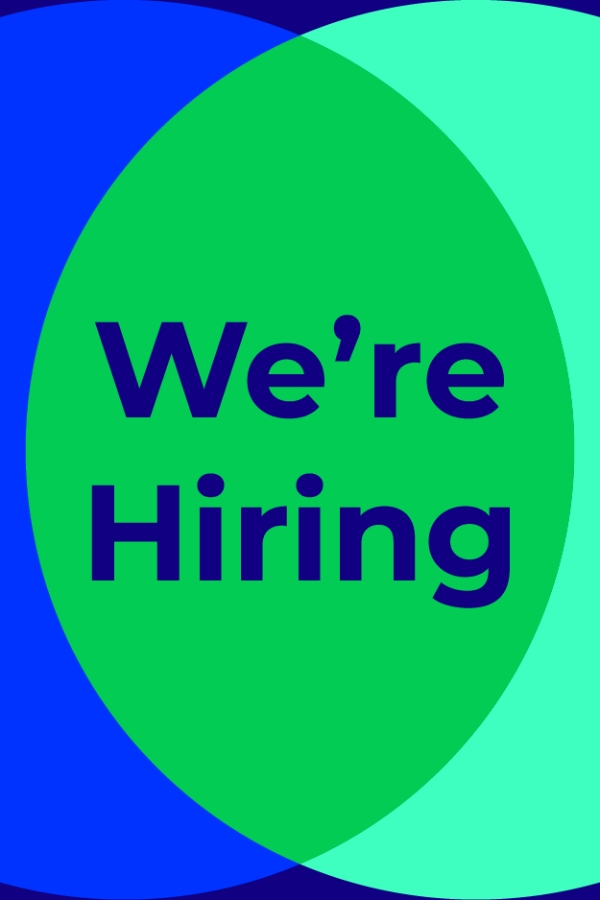
We are at an inflection point in the history of work, with changes happening across several dimensions, driven primarily by shifts in employee expectations.
“We tend to focus on where people work as the biggest change that’s occurring in businesses right now, and it’s due to the pandemic. But even before COVID, there were already some tides of change rolling in that were merely accelerated by the pandemic.”Cindy Ryan, chief human resources officer at Cigna
For one, we’re in the middle of the Great Resignation – people are leaving their jobs in droves to find more flexibility and better work-life balance. Additionally, today’s employees want to be seen as individuals, not just employees. They need empathetic leadership, and they want to be able to bring their whole selves to work every day. They are choosing jobs and roles that align to their values, and they want to feel like the work they are doing is making a difference in the world. These expectations are making the employee experience more important than ever, particularly as the United States moves out of the pandemic and businesses begin to open their doors to employees.
In this new phase of work, Cigna is thinking about its offices in a different light. We see the office as not only a place to work, but also as a place to connect, collaborate, coach, mentor, celebrate, and, most importantly, drive better outcomes – together. We’re referring to our return-to-work strategy as “Purposeful Presence,” a concept that is intentionally simple and is based on our core belief that performance is based on outcomes, not physical presence. Purposeful Presence is grounded in the trust Cigna has in its employees and applies to all of our workplace designations (work at home, flex, and worksite dependent/onsite).
“This concept of Purposeful Presence is our framework and principles around flexibility in where, when, and how employees work,” Ryan said. “It’s a framework that intentionally builds community, cohesion, and a sense of belonging among team members while promoting meaningful collaboration regardless of where employees work. Our mission of improving the health and well-being of people we serve is the cultural value that has guided our decision making around flexibility - and we still center on that mission as part of Purposeful Presence.”
Purposeful Presence is About Flexibility and Autonomy
Cigna is communicating with employees at all levels about Purposeful Presence to help better define what it is and what it is not. However, the majority of the communication strategy is geared to managers, because they can set the tone within their teams on what Purposeful Presence is and how it comes to life.
It’s important to note that – broadly across the company – we're not dictating when people need to come back to the office. We are working with managers to help them think about the times during which in-person office work would drive better outcomes. Outside of that, we are giving people the autonomy to choose what works best for them, so that they don’t need to choose between success in work and success in life.
“That autonomy helps us show our employees that we see them as people, and that we are giving them control over their work experience,” Ryan said. “And what we have found is that the more people come back to the office on their own terms, the more they want to come back, as long as they find purpose in being there. Sitting in the office on Webex meetings all day is not a good example of Purposeful Presence.”
Purposeful Presence in Action: The Office as a Tool for Adding Value to Employee Experience
 Earlier this month, Paul Sanford, executive vice president of operations at Cigna, and his enterprise operations team joined hundreds of employees for connection-focused events in St. Louis, Missouri, and Denison, Texas. Employees spent time listening, learning, and engaging with colleagues across the business. The events were the perfect opportunity to practice Purposeful Presence, as coworkers enjoyed a day full of fun activities and interactions with colleagues they hadn’t seen in a while – and with colleagues they had yet to meet in person.
Earlier this month, Paul Sanford, executive vice president of operations at Cigna, and his enterprise operations team joined hundreds of employees for connection-focused events in St. Louis, Missouri, and Denison, Texas. Employees spent time listening, learning, and engaging with colleagues across the business. The events were the perfect opportunity to practice Purposeful Presence, as coworkers enjoyed a day full of fun activities and interactions with colleagues they hadn’t seen in a while – and with colleagues they had yet to meet in person.
“Many of our team members hadn’t been together in more than two years,” said Keri Lillis, who volunteered to be the local event coordinator in Denison. “The joy on people’s faces when they locked eyes on one another gave me all the feels. Just thinking about it makes me smile.”
 Activities included a team scavenger hunt focused on getting to know one another, group discussions with leaders, mingling during lunch with a selfie station and information booths, and recognitions for jobs well done.
Activities included a team scavenger hunt focused on getting to know one another, group discussions with leaders, mingling during lunch with a selfie station and information booths, and recognitions for jobs well done.
“Creating opportunities to maintain connections like we’re experiencing in these events is especially important in our virtual environment, as they allow our teams to build trust, strengthen engagement, and create a solid foundation for our Enterprise Operations family,” Sanford said.
Best Practices for Purposeful Presence
Ryan said the No. 1 best practice for Purposeful Presence is being intentional about getting value from going into the office. Simple gestures like planning office visits when you know other teammates or stakeholders will be there is key. For example, Cigna's Connecticut-based human resources leadership team has its own Webex chat channel. This chat is open, and leaders are encouraged to share when they will be in the office and to plan time in the office around other team members being there.
“The HR leader chat allows the team to have these open dialogues, and others see it and can decide whether they want to participate or not,” Ryan said. “It’s a small gesture, but it’s helping us coordinate for more purposeful presence in the office.”
Additionally, there’s no one-size fits all approach. It’s going to take testing, failing fast, learning, and optimizing based on those learnings to get it right. What works for one team might not work for another. To figure out what activities might be considered “Purposeful Presence,” leaders will need open dialogues with their teams to understand what is important to each employee, and to share what is important to them as leaders.
“Finding that common ground between what you want to accomplish for the business and what is important to your people is important, and it’s a new skill for a lot of leaders,” Ryan said. “We’re very used to that transactional business relationship. But we’ve got to take it one step further and build relationships with our people and understand their individual context.”
Ryan also noted that it’s hard to be resilient through change, particularly when the change is a major disruption like going back to the office after staying home for two years. Leaders need to have patience and help people set new habits.
Finally, we need to remember that the workforce of today is more dispersed than ever before. Even when people do get together in the office, a portion of the team is working from home at any given time. Employee experiences must be designed to be accessible to employees in the office and to those who are at home. “Proximity bias exists; it’s a real thing, and it is up to leadership to ensure that the playing field is level and that all employees have the same opportunities to connect, regardless of their location,” Ryan said.

Inspired by the Amazing Culture at Cigna? Join the Team.
Explore opportunities at Cigna or with one of our subsidiaries and discover the impact you can make.
